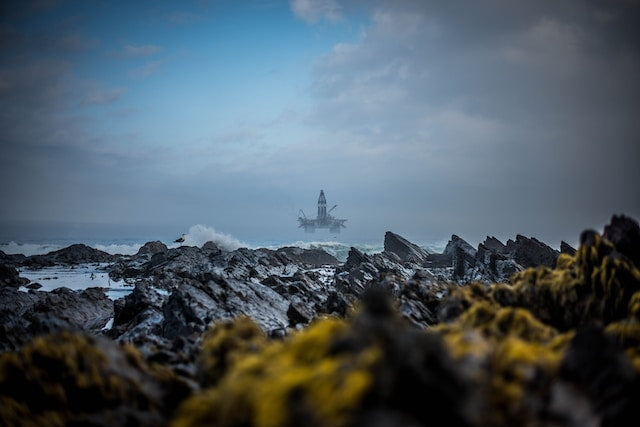The unique life of an offshore oil worker isn’t what most mothers would have their sons pursue. Working long hours in hazardous locations is not the typical sought-after job description, either. But for certain people, the siren song of being different calls them to the sea. The oilfield experience is not easy, but it provides a world of adventure and opportunities that can make that life alluring for those willing to trade normality for a life on the fringes of civilization.
Getting There
A big part of oilfield life involves living in strange accommodations or exotic locales. When those sites lie miles from the nearest patch of land, those accommodations tend to be boats, including drilling rigs, drill ships, or crew boats.
Travel to the offshore site may seem exotic to most, but for those who have been there and back again, getting in a helicopter or coming aboard a crew boat becomes routine. Checking in at the port, showing identification, and going through the safety briefings are standard with every work hitch. Some workers enjoy the expediency of a helicopter flight to get them where they need to be. But each flight can mean multiple stops at various platforms or rigs, and each landing and takeoff provides an opportunity for unease. Most passengers drift off into boredom or slumber once they accept that potential risk and inability to control what could happen.
However, that boredom shouldn’t be interpreted as a blasé attitude about the risk involved. Every year there are accounts of helicopters going down over water. So often, that many operators require personnel coming to the rig via helicopter to have undergone Helicopter Underwater Evacuation Training (HUET). That training is for those fortunate enough to have not experienced a catastrophic failure while in the air.
Boats are also used extensively for transporting personnel to the job site. While they may not involve the danger of flying at high altitudes, boats come with their own particular form of risk. When the weather is too rough for a helicopter to fly critical personnel to the job site, boats are often deployed, and can be a nauseating experience unless you have your sea legs about you. Besides the gentle or not-so-gentle undulation as it rides over or through the waves, the next gut-wrenching experience of arrival by boat involves getting to the main deck of the rig from sea level. That usually means hopping onto the outside of a personnel basket, holding on for dear life, and then being lifted tens of feet into the air and swung over and above hard metal surfaces before being lowered to the vessel’s deck. An aversion to heights is not the friend of the offshore oil worker.
Hurry Up And Wait
Once arriving aboard, crew are expected to review the upcoming work and check in on the status of current operations. Checking in with the company representative is the first act of duty, at which point the timeline of the working schedule is understood. That is when the clock starts ticking for an offshore worker because he has to find something to occupy his time or start working on the required task.
Those having time to wait out will usually spend that time in their bunk or the TV room. Depending on the boat, there could be a cinema, a game room, an exercise gym, or an office for the crew to sit in and watch movies or play games. Or, there might only be a kitchen table to sit at. The typical shift on an offshore rig is 12 hours long. Due to having to share rooms with other workers who may be sleeping while you are awake on shift, hanging out in your room is typically frowned upon. Usually, the workers will have hours to days to wait for their turn to work. Sometimes, the wait could be weeks.
All this waiting can start to wear away at people accustomed to being home. Missing celebrations and milestones is the most common regret of the oilfield worker. The urge to go grab a beer or some fast food will pop up, even if it isn’t something that happens when the workers are at home. Absence and inaccessibility have a way of making people crave unusual things.
But with those missed experiences also comes the brotherhood and camaraderie of the crews offshore. Men learn to trust one another with their lives. They grow as close as a family, maybe closer. They know when to reach out to someone having a hard time, and when to give them some good-natured ribbing. Nicknames are given, promotions earned, and prayers shared. They all pull their weight while helping others because that is what oilfield “hands” do. The family at sea is the family they spend half their time with, sometimes more. Good laughs and tall tales help the time pass. Time spent counting down until they get to go home to their other family. Their families on shore have honey-do lists and half-lives lived without the workers who return to the sea every two weeks and can cause tension that isn’t seen offshore.
Oilfield workers are a unique breed of men who love what they do but hate to go do it when the time comes to hop aboard the helicopter or boat for their next shift away from home. The boat life for those men is a challenge and a blessing, but a lifestyle learned and loved all the same. It is a lifestyle lived apart from normal society. And for those who choose to live it, it is welcomed as a means to provide for their family and their inner spirit of adventure.
Photo by Clyde Thomas on Unsplash




